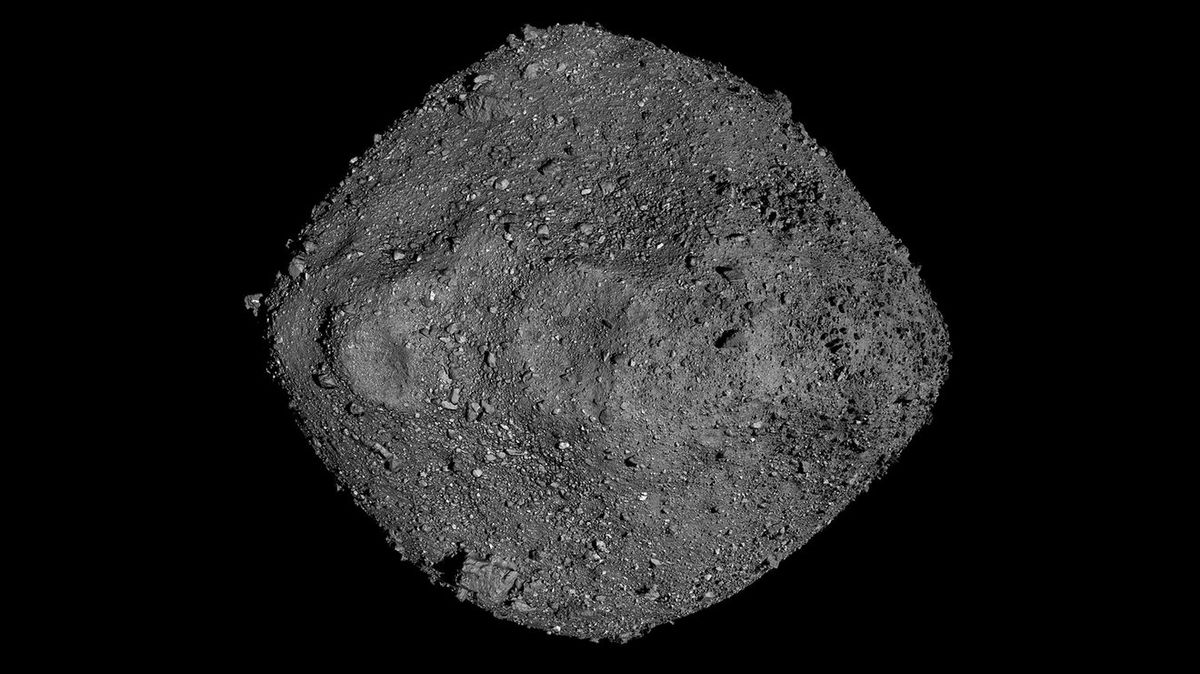A 2021 NASA study did indeed determine the probability of Bennu, a large asteroid heavily studied that year, coming into contact with Earth by the year 2300. The report said the likelihood was “very low,” adding that chances equate to 1 in 1,750, or .057%
Claims that NASA predicted a “large asteroid could smash into Earth in 159 years” popped up in corners of the internet in September 2023 after findings originally published in 2021 resurfaced. The study in question, which is genuine and credible, determined the likelihood that "Bennu," a large and intensively explored asteroid, would collide with the planet.
But headlines published by several media outlets overly dramatized the study to suggest that such a collision may be more likely than anticipated, including one seen in a post on X below:
 (Screengrab/X)
(Screengrab/X)
The study cited in news coverage, like that above, was initially published in 2021. In it, researchers described, among other topics, the extremely low probability of asteroid Bennu colliding with Earth.
While it’s technically true that Bennu could “smash into Earth in the next 159 years,” as some media outlets reported in 2023, such likelihood was determined to be “very low,” wrote NASA, adding that the chances of collision equate to 1 in 1,750, or .057%. (The researchers also identified Sept. 24, 2182, as the "most significant single date in terms of a potential impact, with an impact probability of 1 in 2,700, or about 0.037%.")
Although such headlines were somewhat fear-mongering and missing important context, we’ve nonetheless rated this claim as “True.”
First discovered in 1999, Bennu is a near-Earth asteroid that passes near the planet every six years, deemed an important target of study during NASA’s OSIRIS-REx mission to collect information about its size, shape, mass, and composition.
A study published in the peer-reviewed journal Icarus on Nov. 15, 2021, titled, “Ephemeris and hazard assessment for near-Earth asteroid (101955) Bennu based on OSIRIS-REx data,” set out to determine the likelihood that Bennu could come into contact with Earth.
Along with information about its spin and orbital trajectory, all together, this information helped inform the study researchers about the potential for future collision with Earth. According to a news release issued by NASA on Aug. 11, 2021:
In 2135, asteroid Bennu will make a close approach with Earth. Although the near-Earth object will not pose a danger to our planet at that time, scientists must understand Bennu’s exact trajectory during that encounter in order to predict how Earth’s gravity will alter the asteroid’s path around the Sun – and affect the hazard of Earth impact.
Although the chances of it hitting Earth are very low, Bennu remains one of the two most hazardous known asteroids in our solar system, along with another asteroid called 1950 DA.
Bennu is expected to make its closest approach to Earth in 2135, at which point it may pass through a “gravitational keyhole,” which is an area in space where the asteroid may be impacted by Earth’s gravitational pull, sending it on a path toward impact.
“The orbital data from this mission helped us better appreciate Bennu’s impact chances over the next couple of centuries and our overall understanding of potentially hazardous asteroids – an incredible result,” said Dante Lauretta, OSIRIS-REx principal investigator and professor at the University of Arizona, in a news release at the time.
As there is an expected 0.057% impact probability through the year 2300, the researchers concluded that the study highlights the crucial importance of characterizing Bennu’s orbit.

